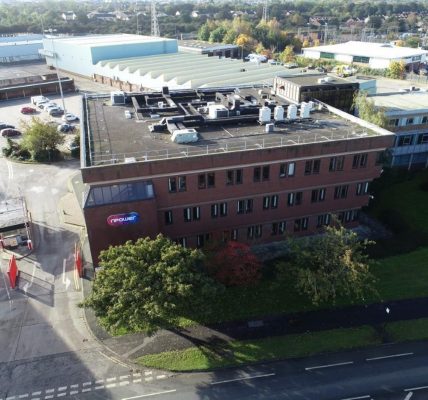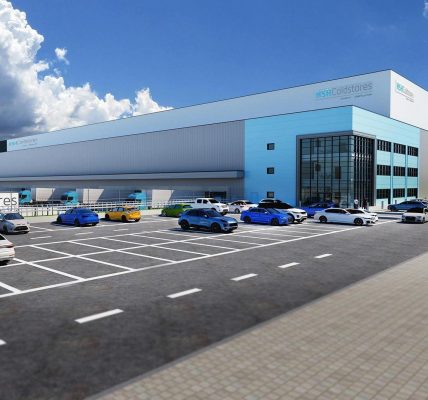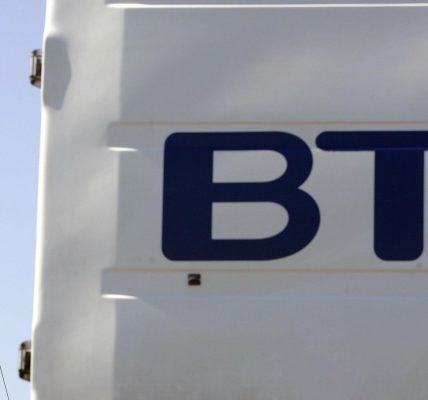The bad news behind those wage increases – Sarah Coles
There’s a reason why financial analysts aren’t very popular at parties. In fact there are several reasons, but let’s not dwell on that. The problem is that we can see the bad news lurking even behind the most positive-sounding situations. So when you see the free bar, we see the three-day hangover.
This week, the worrying trend was lurking in the average wage figures released by the Office for National Statistics What on the face of it looked like a positive boost to average pay was in fact the beginning of a trend that will do little to improve the lives of working people, and is set to threaten the state pension’s triple lock.
The ONS said annual pay growth was 5.6 per cent in February-April 2021, and April alone saw the annual growth rate hit 8.4 per cent. It looks like we’re all taking home fat wage packets, but there are two reasons why this isn’t the case.
The first is that 1.5 per cent of this has nothing to do with pay rises, but is due to the loss of lower paid jobs within the economy, which automatically pushes average pay higher. And the second is that bumper annual rises are a function of the fact that we’re comparing it to wages this time last year, when pay fell through the floor.
It gets worse, because wage inflation has a knock-on impact on pensions. The state pension triple lock ensures that each April, the state pension is guaranteed to rise with either CPI inflation the previous September, average wage growth to the previous July or 2.5 per cent, whichever is higher. The three months to July will be compared to three miserable months in 2020, when wages were falling, so wage inflation could hit double-digits.
Again, this feels like good news: state pensioners aren’t going to mind a 10 per cent pay rise. However, this would give state pensioners a huge pay rise at a time when huge numbers of the working population are still recovering from the economic effects of the crisis. And because the Government is watching every penny, a double-digit rise in the state pension could call the triple lock itself into question.
Traditionally, it has been incredibly difficult for the Government to touch the triple lock, because it’s the bedrock of people’s retirements. The Government has guaranteed the triple lock is here to stay.
However, Rishi Sunak may decide that right now, while people are hyper-aware that we have to find a way to pay for the massive sums of Covid spending, it could be the one moment when some kind of change to the guarantee might be accepted.
The more positive news is that rather than ditching the policy, the Government may choose to tweak it to solve problems created by the pandemic. These tweaks could come in the form of temporary changes to the formula to take account of extraordinary circumstances. For example, pension rises could be held to 2.5 per cent or inflation, for one year only.
Alternatively, it could make a permanent change, from the triple lock to the double lock, removing whichever of the measures is most troublesome.
Perhaps a more sensible answer is to change the formula to account for smoothing of earnings, possibly by taking an average over a much longer period. This could provide the best of all worlds, allowing the Government to maintain the triple lock, whilst simultaneously reducing its potency and removing any unanticipated consequences.
ONS figures out this week found that average house prices fell 1.9 per cent between March and April. It’s bound to unsettle homeowners after almost a year of accelerating price rises, but it isn’t necessarily the beginning of the end for house price growth.
It’s mainly a function of what happens when you impose an arbitrary deadline on a market. The stamp duty holiday created a bump in prices in March, which then fell back slightly in April.
It’s worth seeing this in context: prices were still up 8.9 per cent in a year, and 12 per cent in US and the Humber.
And although it’s the first time price rises have slowed since July last year, it’s also the second highest annual price rise figure we’ve seen since 2014.










